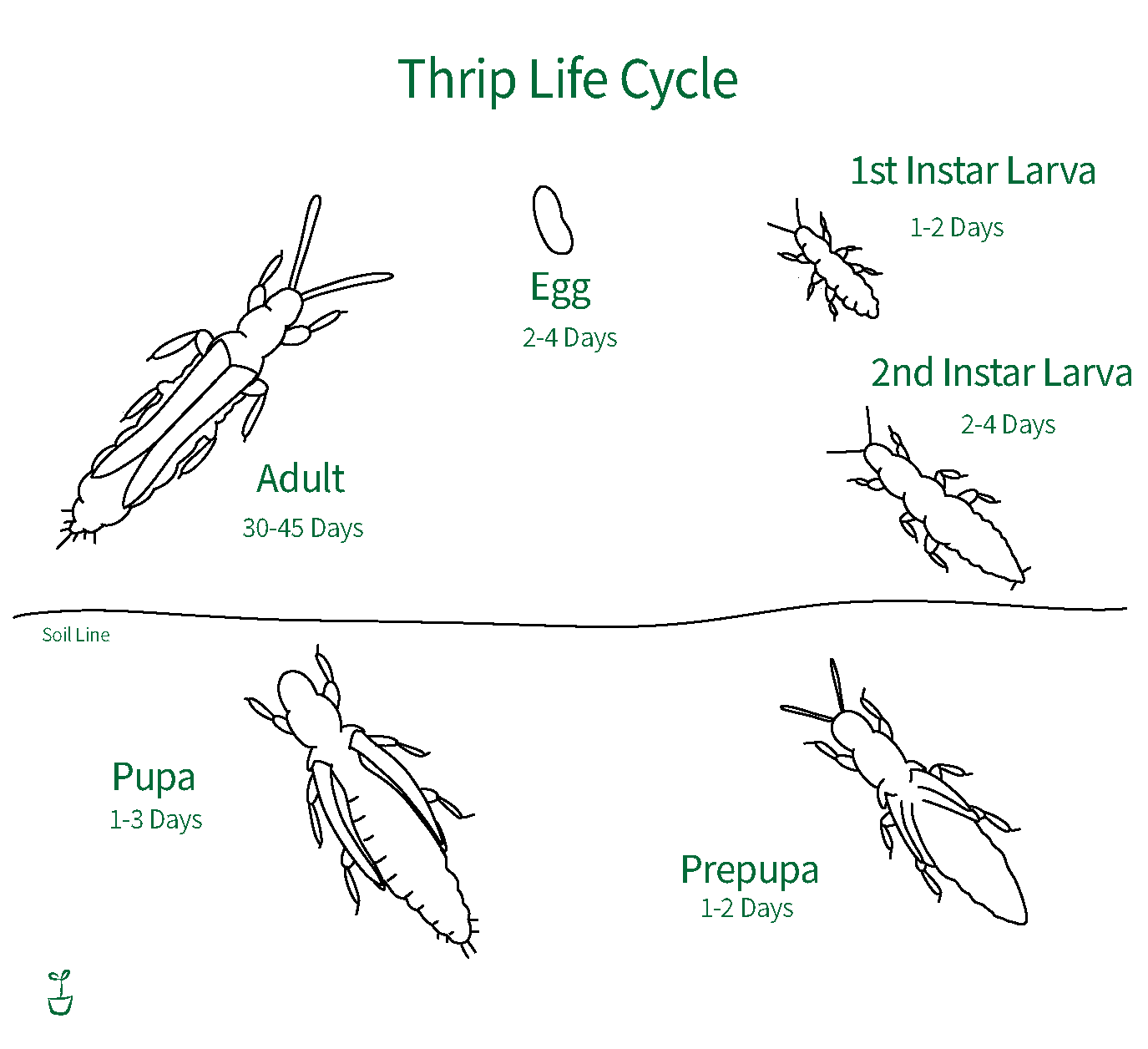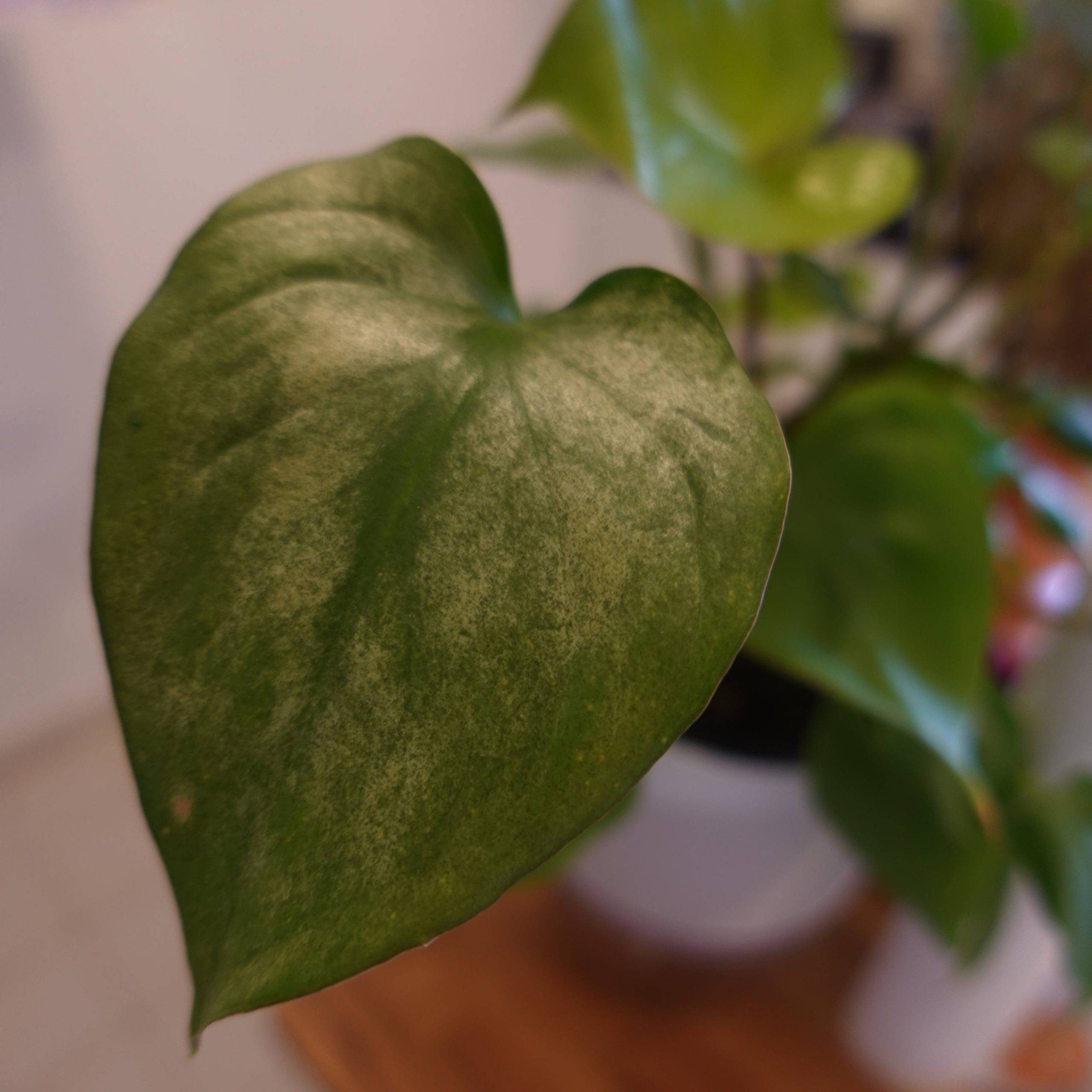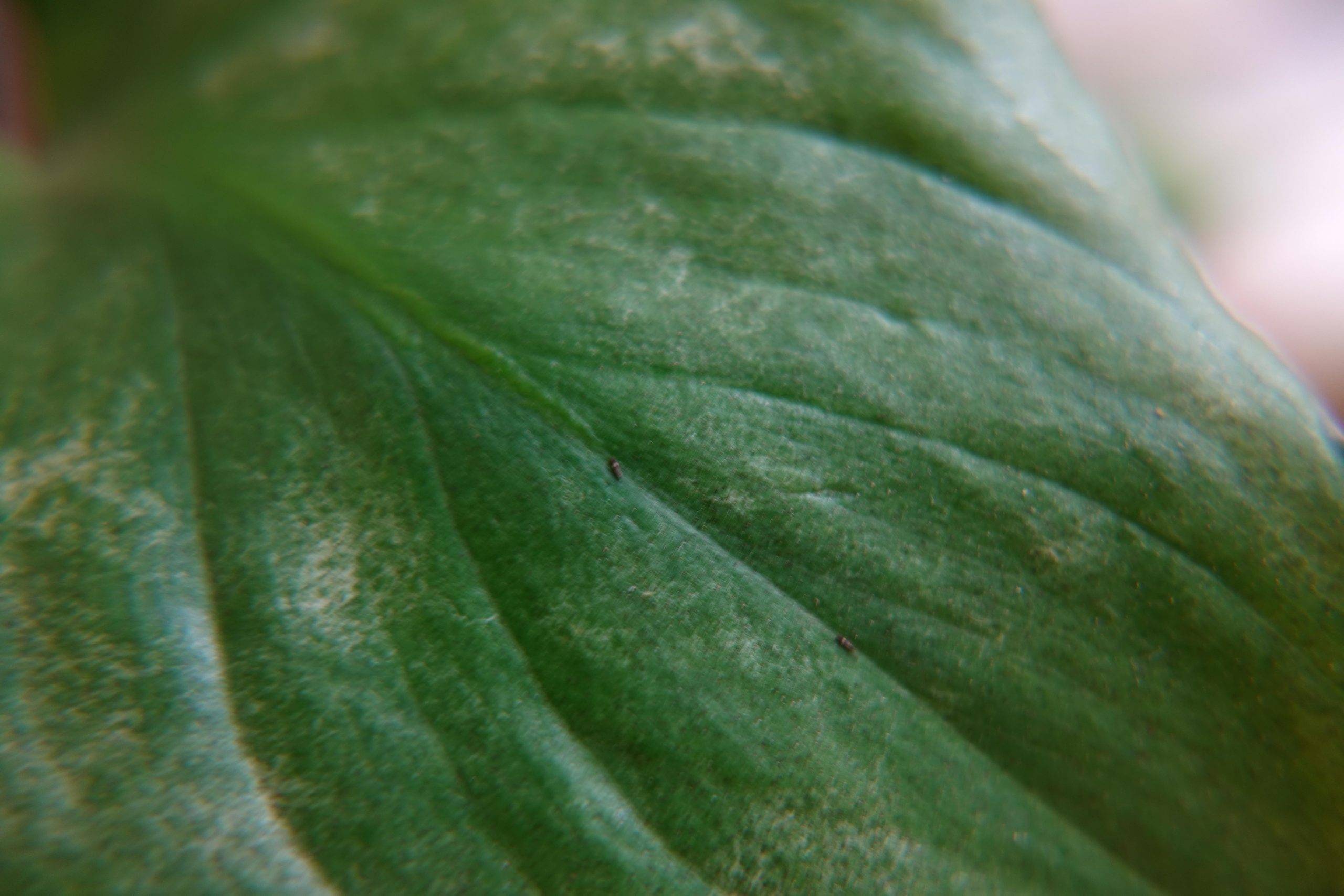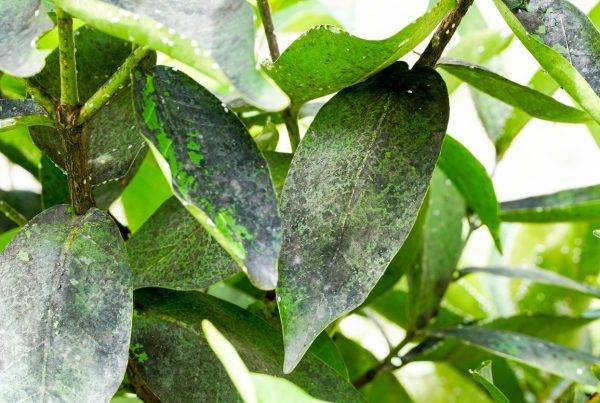Thrips are probably the last pest anyone wants to see on their plants! They can be quite hard to get rid of and many have lost entire collections to them. But with consistent treatment it is possible to save your plant and get rid of thrips. Find out everything you need to know in the article below.
| What Are They | What They Do | Why are they on my plant || Identify |Treat | Prevent |
What are Thrips?
Thrips are small slender insects. They range in color from almost translucent, red, brown or black. They can be 0.5-2mm in length. The life cycle of thrips can be as little as 21 days in optimal temperatures which are 27-30 degrees. They do not develop in temperatures below 10 degrees Celsius. Females can lay between 150-300 eggs depending on species. There are 5000 species of thrip insect, not all of which attack houseplants. Thrips lay their eggs inside of the plant tissue. Females can also reproduce asexually.

What do Thrips do?
They Pierce the leaves of your plant and feed on the sap. Damage shows as silvery or brownish marks on your plants foliage. When the leaf has taken enough damage it will begin to die off. Leaves may also show deformities.
Why are they on my plant?
Below optimal temperatures Thrips can go into hibernation. They may lay dormant in infected soil. They can also enter via a new houseplant or a houseplant that has been kept outside.
How to Identify Thrips
As They can be very small, signs of damage is usually the first sign, the silvery streaks in foliage are sure sign of thrips. Depending on the color they can be seen crawling on the leaves on closer inspection. If you suspect thrips, take a plain white sheet of paper and shake the foliage onto it. They are identifiable by their slender bodies.


Treatment for Thrips
First things first, quarantine your plant at the first sign of thrips. They can spread easily between plants that are kept close together.
They can be difficult to treat. As the eggs live inside plant tissue and do not feed it can take a long time to eradicate them completely.
Using both blue or yellow sticky traps will attract the adult females
A hydrogen peroxide solution (1:1 with water) can be used as a soil drench to get rid of the pupa in the soil, it can also be used as a foliar spray to get rid of the larva and adults. This can be safely used weekly until they are gone.
Prevention
Thrips can appear seemingly out of nowhere. Some plants are more prone to them than others, monstera, calatheas and orchids to name a few. But they can infest any houseplant. Consider using a systemic insecticide appropriate for the plant you have. Systemic Insecticides are a great preventative tool. They generally come in powder, granular or liquid form and are added to the soil. The plant takes up the insecticide (doesn’t harm the plant) and kills any insects that feed off of the plants tissue. It does take time for the insecticide to be absorbed so do note that it makes for better prevention than a cure.
Happy Gardening!





